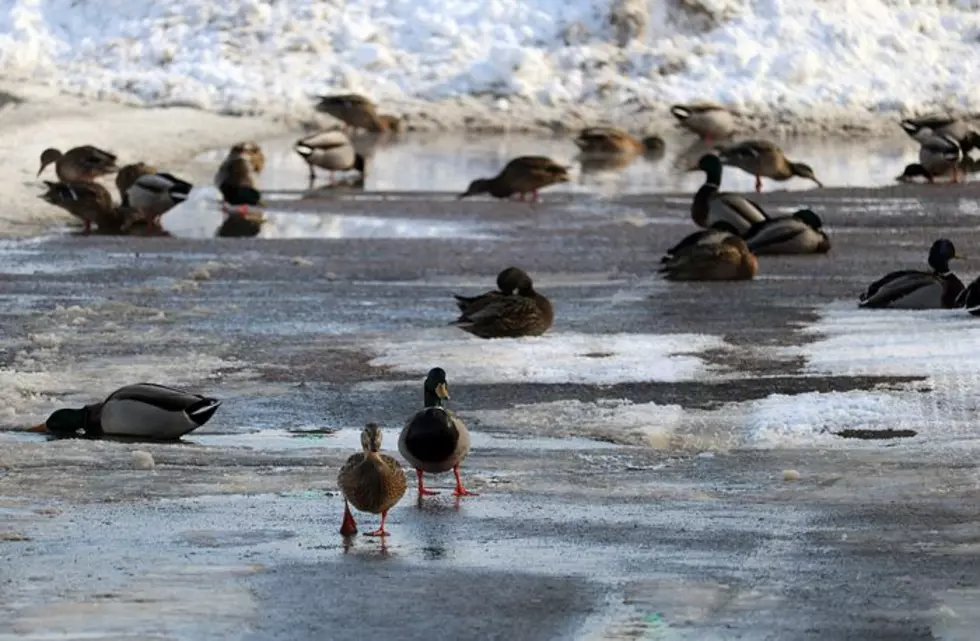
Scientists warn worldwide avian flu outbreak threatens wild birds, poultry
(CN) — The ongoing global bird flu outbreak has spread to the U.S. and Canada and has the potential to significantly handicap poultry production in North America, scientists warned Tuesday.
In an article published in Science Tuesday, researchers advised bird flu outbreaks are a global concern, which must be mitigated before the virus adapts to transmit between humans efficiently. Wildlife managers in Montana have also issued caution.
The H5N1 strain of the highly infectious avian influenza virus has already caused millions of deaths of wild birds and poultry. It’s threatened whole populations of wild migratory birds due to mass casualties of certain species in the UK, Israel and Greece.
In 2020 and 2021, roughly 15 million poultry have been culled or died after contracting bird flu.
“The ongoing 2021–2022 wave of avian influenza H5N1 is unprecedented in its rapid spread and extremely high frequency of outbreaks in poultry and wild birds, and is a continuing potential threat to humans,” Michelle Wille and Ian Barr, Australian researchers at The Peter Doherty Institute for Infection and Immunity, said in a statement.
While bird flu outbreaks usually originate in high-density poultry production facilities, wild migratory birds can also become infected.
In Europe, the effects of the H5N1 outbreak have already decimated some populations.
Hundreds of dead Dalmatian pelicans killed by the bird flu were recovered last month in northern Greece around the Prespa Lakes, as well as Lake Heimaditida, Kastoria and Zazari.
Fishermen helped collect at least 80 of the dead birds, and were given special bags to put the deceased animals in, which were later incinerated to minimize transmission of the virus, according to ProMed.
Nearly 750 dead Dalmatian pelicans were collected in four days on Little Prespa Lake. Many of the dead animals were picked up from their reed beds.
Wille said in an email to Courthouse News “the virus is of considerable concern to wild bird populations.”
She noted earlier this year 10% of the Svalbard breeding population of Barnacle Geese died due to H5N1.
“An outbreak like this is not trivial,” Wille said. “We know that wild birds are infected by these viruses from poultry, such that, attempting to reduce the burden of H5N1 in poultry will likely result in the reduction of this virus in wild birds, and decrease spillover infections to humans.”
While the threat to people is low and bird-to-human infections have been rare the past two decades, there’s an increased risk to poultry workers who may handle infected birds.
The UK Health Security Agency announced this past January a person who had close, regular contact with a large number of infected birds had become infected.
Wille said reducing high-intensity poultry production is critical to curb the spread of H5N1 and other strains of bird flu.
“We need to focus on ways to decrease exposure of poultry to this virus through improvements in biosecurity, reduction of flock sizes and avoidance of poultry production in waterbird rich areas or when waterbirds are known to be in the area,” Wille said, noting vaccinating poultry, which is currently being used as an infection control tool in Asia, can also curb the spread of bird flu.
